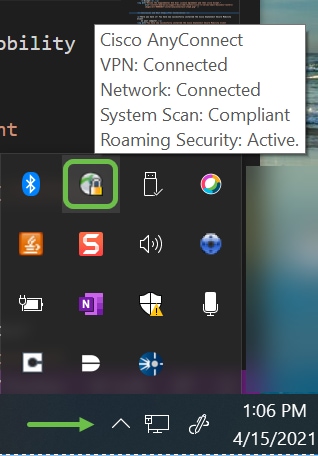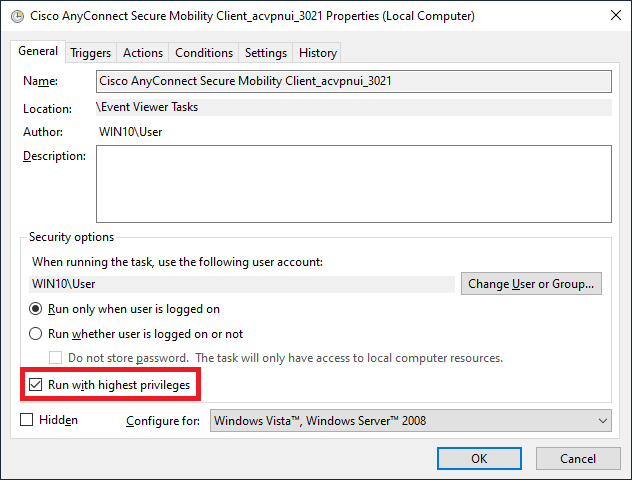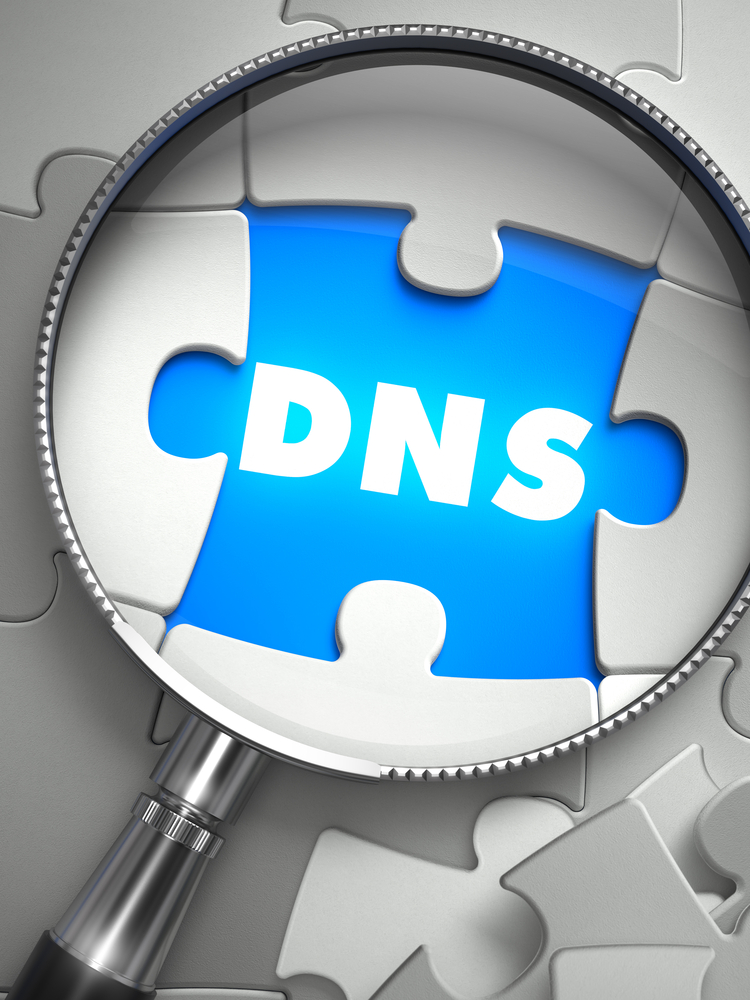Windows Store Cisco Anyconnect
Obtain Cisco AnyConnect VPN client log from the client computer using the Windows Event Viewer. Choose Start Run and type eventvwr.msc /s. Locate the Cisco AnyConnect VPN Client in the Applications and Services Logs (of Windows 7) and choose Save Log File As. Assign a filename, for example, AnyConnectClientLog.evt. Navigate Windows File Explorer to the installer file. Double-click the installer to initiate the installation process. Check your Downloads folder to locate the AnyConnect files. Browser based downloads are often deposited into the downloads folder on your device on windows.
Overview
Stanford's VPN allows you to connect to Stanford's network as if you were on campus, making access to restricted services possible. To connect to the VPN from your Windows computer you need to install the Cisco AnyConnect VPN client.
Two types of VPN are available:

- Default Stanford (split-tunnel). When using Stanford's VPN from home, we generally recommend using the Default Stanford split-tunnel VPN. This routes and encrypts all traffic going to Stanford sites and systems through the Stanford network as if you were on campus. All non-Stanford traffic proceeds to its destination directly.
- Full Traffic (non-split-tunnel). This encrypts all internet traffic from your computer but may inadvertently block you from using resources on your local network, such as a networked printer at home. If you are traveling or using wi-fi in an untrusted location like a coffee shop or hotel, you may wish to encrypt all of your internet traffic through the Full Traffic non-split-tunnel VPN to provide an additional layer of security.
You can select the type of VPN you want to use each time you connect to the Stanford Public VPN.
Install the VPN client
- Download the Cisco AnyConnect VPN for Windows installer. Double-click the InstallAnyConnect.exe file. When a message saying the Cisco AnyConnect client has been installed, click OK. Connect to the Stanford VPN. Launch the Cisco AnyConnect Secure Mobility Client client.
- Download the AnyConnect VPN client for Windows. Note: If you're using Microsoft Edge, the program will download as a 'sysattachment.do' file. You will need to rename the file to 'sysattachment.msi' If you have the Windows Surface Pro X tablet with an ARM-based processor, you should download the AnyConnect VPN client for ARM64.
- Download the Cisco AnyConnect VPN for Windows installer.
- Double-click the InstallAnyConnect.exe file.
- When a message saying the Cisco AnyConnect client has been installed, click OK.
Connect to the Stanford VPN
- Launch the Cisco AnyConnect Secure Mobility Client client.
If you don't see Cisco AnyConnect Secure Mobility Client in the list of programs, navigate to Cisco > Cisco AnyConnect Secure Mobility Client. - When prompted for a VPN, enter su-vpn.stanford.edu and then click Connect.
- Enter the following information and then click OK:
- Group: select Default Stanford split- tunnel (non-Stanford traffic flows normally on an unencrypted internet connection) or Full Traffic non-split-tunnel (all internet traffic flows through the VPN connection)
- Username: your SUNet ID
- Password: your SUNet ID password
- Next, the prompt for two-step authentication displays. Enter a passcode or enter the number that corresponds to another option(in this example, enter 1 to authenticate using Duo Push to an iPad). Then click Continue.
- You may have to scroll down the list to see all of your options.
- If your only registered authentication method is printed list, hardware token, or Google Authenticator, the menu does not display. Enter a passcode in the Answer field and click Continue.
- Click Accept to connect to the Stanford Public VPN service.
- Once the VPN connection is established, a message displays in the lower-right corner of your screen, informing you that you are now connected to the VPN.
Disconnect from the Stanford VPN
- In the notification area, click the Cisco AnyConnect icon if it is displayed. Otherwise, go to your list of programs and click Cisco AnyConnect Secure Mobility Client.
- At the prompt, click Disconnect.
Objective

The objective of this document is to provide details about the supported operating systems (Windows, Linux, Mac) of the Cisco AnyConnect Secure Mobility Client and their requirements.
The Cisco AnyConnect Secure Mobility Client, also known as the Cisco AnyConnect VPN Client, is a software application for connecting to a Virtual Private Network (VPN) that works on various operating systems and hardware configurations. This software application makes it possible for remote resources of another network become accessible as if the user is directly connected to the network, but in a secure way. Cisco AnyConnect Secure Mobility Client provides an innovative way to protect mobile users on computer-based or smart-phone platforms, providing a more seamless, always-protected experience for end users, and comprehensive policy enforcement for an IT administrator.
Windows Store Cisco Anyconnect Windows 10
For additional information on AnyConnect licensing on the RV340 series routers, see this article .
Software Version
- AnyConnect Secure Mobility Client 4.9.x | (Download latest)
AnyConnect Supported Operating Systems and Requirements
AnyConnect Support for Microsoft Windows
Windows Operating Systems
- Microsoft-supported versions of Windows 10 for ARM64-based PCs
- Windows 7 Special Pack (SP) 1
- Windows 8
- Windows 8.1
- Windows 10 x86 (32-bit) and x64 (64-bit)
Windows Requirements
- Pentium class processor or greater
- 100 MB hard disk space
- Microsoft Installer version 3.1
- Upgrading to Windows 8.1 from any previous Windows release requires you to uninstall AnyConnect, and reinstall it after your Windows upgrade is complete.
- Upgrading from Windows XP to any later Windows release requires a clean install since the Cisco AnyConnect Virtual Adapter is not preserved during the upgrade. Manually uninstall AnyConnect, upgrade Windows, and then reinstall AnyConnect manually or via WebLaunch.
- To start AnyConnect with WebLaunch, you must use the 32-bit version of Firefox 3.0+ and enable ActiveX or install Sun JRE 1.4+.
- ASDM version 7.02 or higher is required when using Windows 8 or 8.1

AnyConnect Support for Linux
Linux Operating Systems
- Linux Red Hat 6
- Linux Red Hat 7
- Linix Red Hat 8.2
- Ubuntu 16.04 Long Term Support (LTS)
- Ubuntu 18.04 (LTS)
- Ubuntu 20.04 (LTS) (64-bit only)
Linux Requirements
- x86 instruction set
- 64-bit processor
- 32 MB Random Access Memory (RAM)
- 20 MB hard disk space
- Superuser privileges are required for installation
- libstdc++ users must have libstdc++.so.6 (GLIBCXX_3.4) or higher, but below version 4
- Java 5 (1.5) or later. The only version that works for web installation is Sun Java. You must install Sun Java and configure your browser to use that instead of the default package.
- zlib — to support SSL deflate compression
- xterm — only required if you're doing initial deployment of AnyConnect via Weblaunch from ASA clientless portal
- gtk 2.0.0
- gdk 2.0.0
- libpango 1.0
- iptables 1.2.7a or later
- tun module supplied with kernel 2.4.21 or 2.6
AnyConnect (Versions 4.8 and above) Support for macOS
Supported Operating Systems

- macOS 10.13
- macOS 10.14
- macOS 10.15 ( Details from Apple | AnyConnect 4.8 Release Notes)
- macOS 11.x (AnyConnect macOS 11 Big Sur Advisory)
AnyConnect (Versions 4.7 and below) Support for Mac OS X
Supported Operating Systems
- Mac OS X 10.10
- Mac OS X 10.11
- macOS 10.12
- macOS 10.13
- macOS 10.14
Mac OS X Requirements
- AnyConnect requires 50 MB of hard disk space.
- To operate correctly with Mac OS X, AnyConnect requires a minimum display resolution of 1024 by 640 pixels.
Cisco Anyconnect Windows 10
Check out the AnyConnect Release Notes, for the most updated information.
